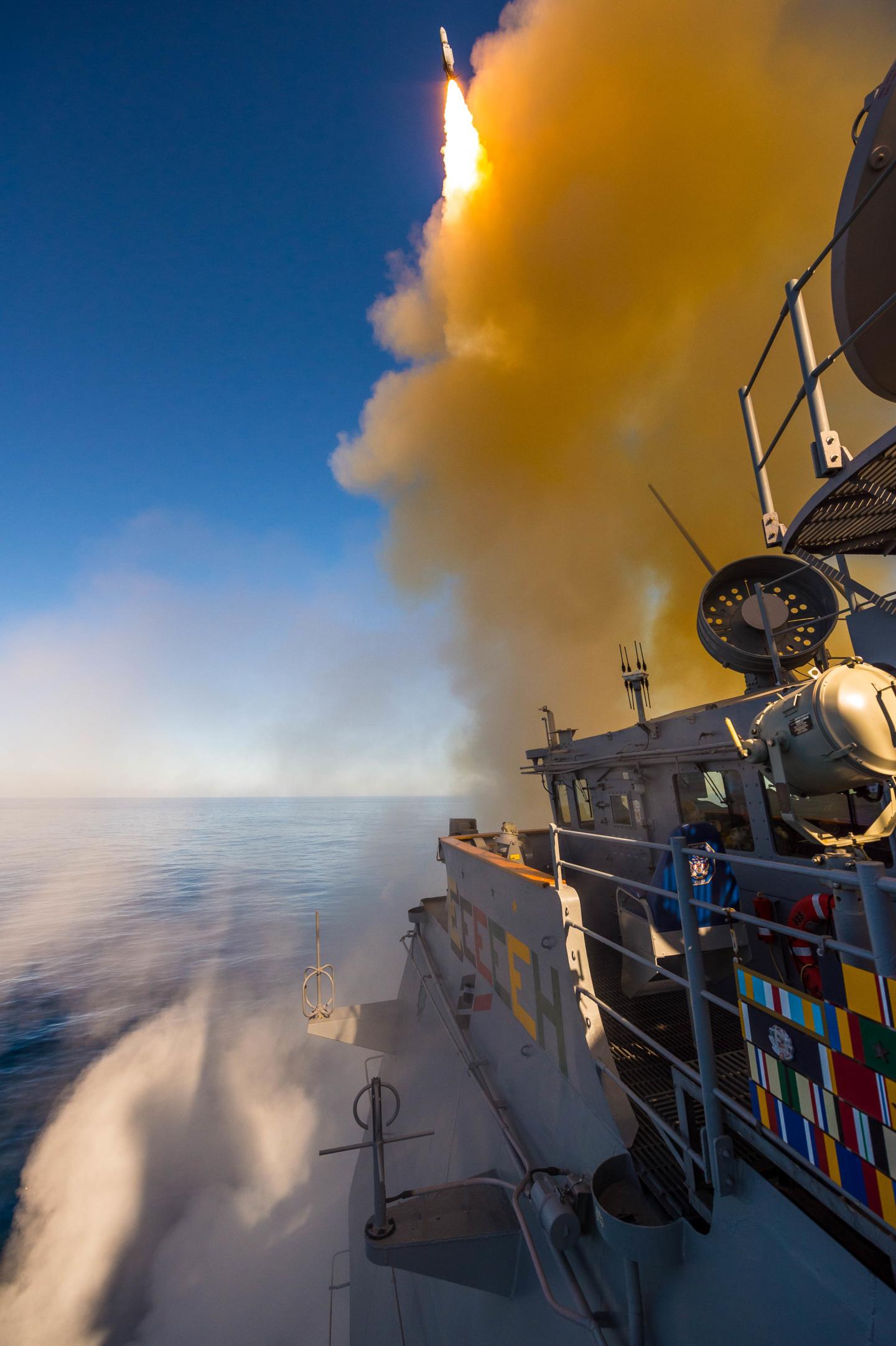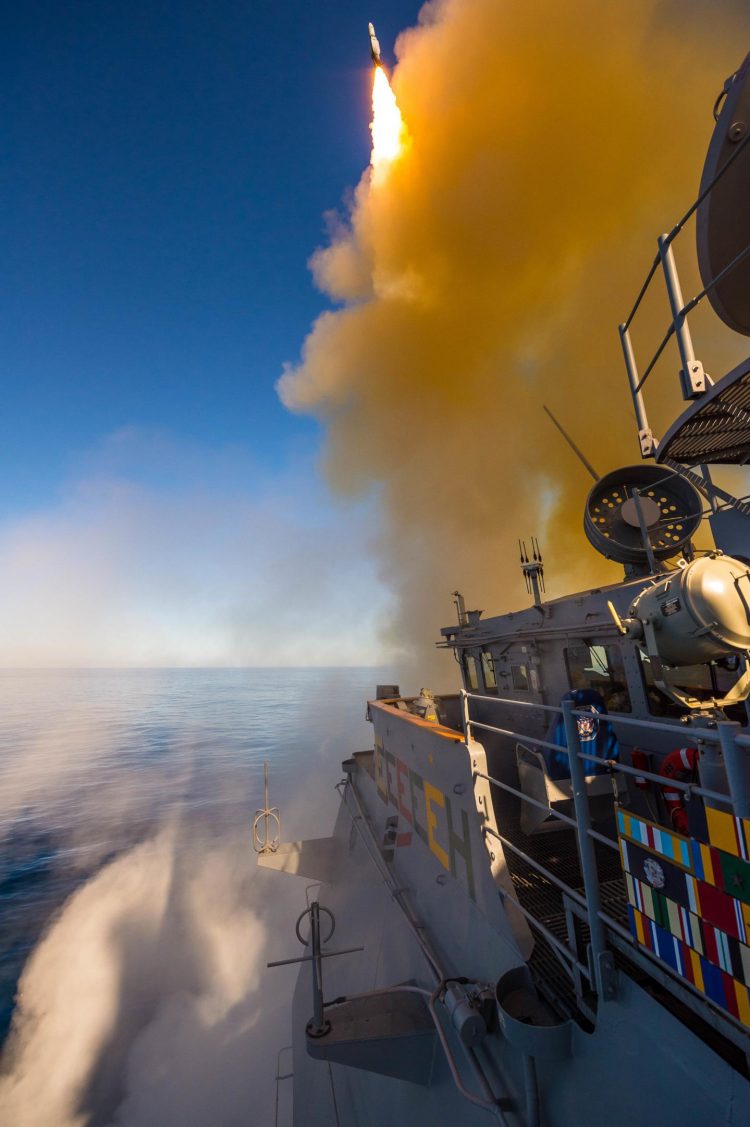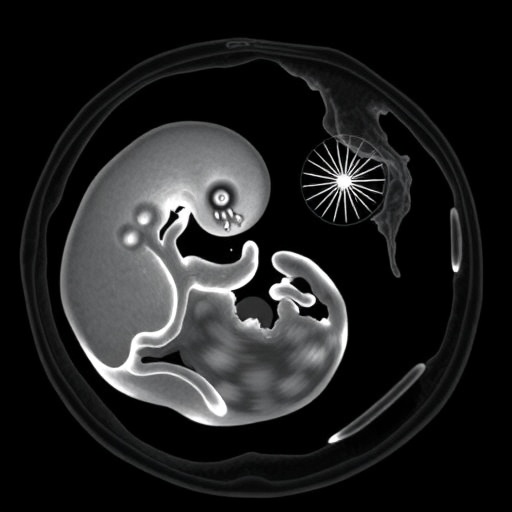
Credit: US Navy photo by Mass Communication Specialist 1st Class Chad M. Butler
ARLINGTON, Va.–As conflicts become compressed in time and more complex, with an increasing number of data sources and platforms feeding information to warfighters, it is a challenge to build and share a complete and accurate operational picture.
To address this issue and align with the chief of naval operations’ concept for distributed maritime operations, the Office of Naval Research (ONR) and the U.S. Navy’s Small Business Innovation Research (SBIR) program are sponsoring the development of a cloud-computing environment called Cloud-to-Edge (CTE). By harnessing the power of cloud computing and big-data fusion, the CTE environment will enhance the agility and responsiveness of naval warfighters.
The CTE environment is designed for use by Sailors and Marines across land, sea and air domains. It enables secure combat system development; automated software testing and analysis; and scalable simulation. It also improves readiness, through extensive pre-mission training, feedback and assessment, and enhances operational information-gathering and decision-making.
The ultimate goal is to enable the Navy to make software changes (without requiring additional authorities) and assess the performance of CTE environments either on single vessels or within larger Carrier Strike Groups–against a variety of defined mission scenarios. The result will be certified software, deployable by the Navy on demand, for all Carrier Strike Groups.
“This is a great example of ONR partnering with Navy SBIR to fill a technology gap,” said ONR Executive Director E. Anne Sandel, “by helping companies transition and commercialize their technologies at scale.”
“An important step in getting the CTE environment to the fleet is ONR’s work with Navy SBIR to accelerate technology development by partnering with small businesses,” said SBIR Director Bob Smith.
The key component of the CTE environment is the Automated Test and Re-Test (ATRT) system, which delivers software-driven capabilities to the warfighter as quickly as possible. Virginia-based company Innovative Defense Technologies (IDT) developed ATRT after receiving SBIR funding to design technology that would promote rapid integration, testing and certification of new and updated software.
Earlier this year, the Navy successfully tested ATRT as part of the AEGIS Virtual Twin project–which involved the tactical deployment of a virtualized AEGIS Weapon System as a digital twin to the existing physical one.
The virtual twin contains all of the computer code used by the existing AEGIS Weapon System. Comprising multiple computer servers, it occupies a relatively small amount of space aboard a ship, does not interfere with the ship’s combat systems and is ideal for training and software testing.
Several AEGIS Virtual Twin systems were demonstrated on the USS Arleigh Burke, USS Ralph Johnson and USS Thomas Hudner. During the tests aboard the Thomas Hudner, the Virtual Twin executed a successful anti-air warfare engagement (operating as the tactical system) and demonstrated the capability to test and deploy a software update in less than 24 hours.
In a subsequent media interview, the Hon. James Geurts, assistant secretary of the Navy for Research, Development and Acquisition, described the tests as a pathway to revolutionize the speed at which the Navy can modernize current systems and keep pace with future threats.
“Success stories like IDT, ATRT and CTE environment demonstrate how the Navy leverages the expertise of small businesses to enable technology adoption at the pace of innovation,” said Smith. “Companies that do business with SBIR are helping to strengthen America’s naval advantage for years to come.”
###
Media Contact
David Smalley
[email protected]
Original Source
https:/





